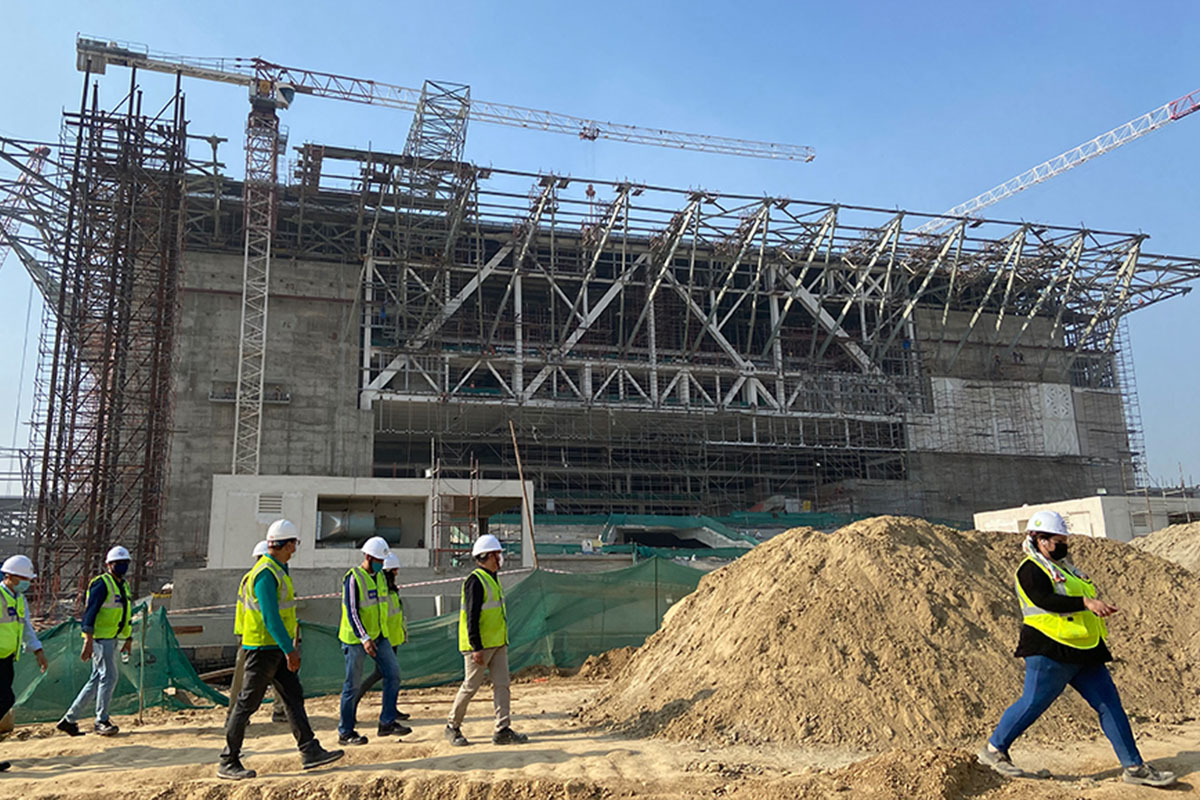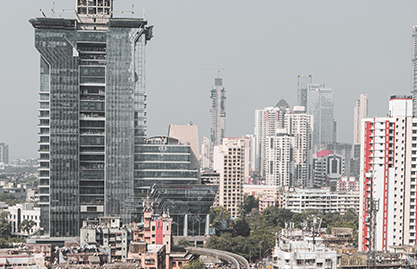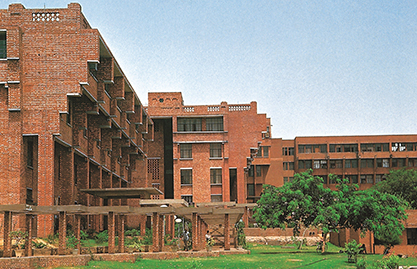How Can We Ensure Structural Safety in Buildings
The number of instances of structural failures in the history of construction is concerning. The recent collapse of a residential tower in Gurugram, India, is a stark reminder of the terrifying consequences of negligence in ensuring structural safety of buildings. A small crack in a column, if not treated timely, can lead to a rupture and the collapse of the whole structure. Faults in structural design can, thus, drastically reduce the life-expectancy of a building and if neglected, pose serious threats to its inhabitants.
Generally speaking, the average lifespan of a standard RCC-framed residential or commercial building is between 60 to 80 years. However, over time, factors such as weathering and ageing, and in some cases, poor workmanship and use of low-quality materials, can lead to the deterioration of the structure of a building and cause damage. This is where structural auditing comes in.
What is a Structural Audit?
A structural audit is a comprehensive check of the structural and design safety of a building or facility. It encompasses a complete analysis of a building’s design alongside physical inspections and surveys to help gauge the building’s structural performance, identify flaws, and accordingly identify repair and retrofitting solutions.
A structural audit includes several analyses, such as assessment of design calculations, evaluation of drawings, checking of relevant documents and assessment of structural detailing.t On site, an array of tests known as NDTs (Non-Destructive Tests) are performed on the structure to examine and collect data on the quality of materials, emergence of fissures or cracks, seismic resistance and other such parameters of structural safety.
Useful Resources: Sustainable Architecture Firms in India | Commercial Architecture
These audits are carried out by licensed structural engineers or consultants and recommendations are made on the basis of the flaws identified in the building. With the latest technologies in structural engineering, most defects are treatable.
The tendency for unforeseen deterioration in buildings makes it imperative to conduct regular structural audits and checks. Such scrutiny helps identify faults so that repairs can be made in time. A structural audit must be conducted at least once in five years for a 15-30 year old building. For older structures, this frequency is increased to once every three years. Prior approval from stakeholders and concerned authorities must be sought for any structural changes in a building.
Phases of a Structural Audit
A structural audit is a meticulous assessment of a building’s design and structural safety and is conducted in three primary phases:
Phase 1 (Pre-Construction): Comprehensive audits are carried out at the design stage to ensure identification and removal of anomalies before construction begins. This stage involves the study of drawings and assessment of design calculations.
Phase 2 (During Construction): As construction begins, construction materials are sampled and collected in a random manner. These samples are then tested in laboratories for various parameters, including strength and durability.
Phase 3 (Post-Construction): Once the construction is finished, ad hoc NDTs are conducted to ensure structural soundness of the completed structure.
A Glaring Call for Action
In the wake of the recent incident in Gurugram, many homeowners and society RWAs are now calling for structural audits of their buildings. It is important that we as members of the construction and architecture community, ensure that we don’t merely ride the wave of the aftermath, but actually enable regular audits and checks of our buildings to avoid future disasters.








